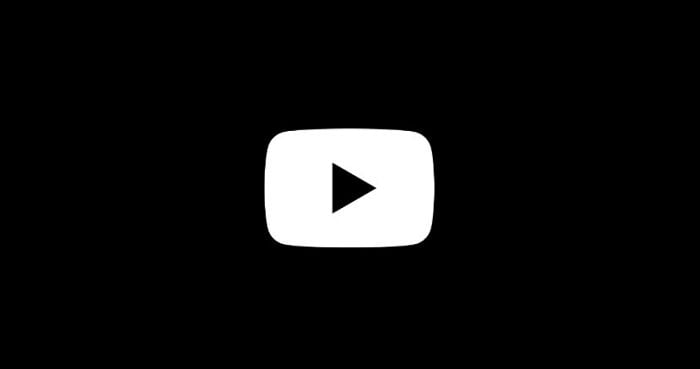YouTube’s expanding its efforts to fight back against online ad blocking tools, by stopping users from viewing YouTube content whenever an ad blocking tool is detected.
**
As you can see in this message, over the past few months, YouTube has been alerting users that they won’t be able to view YouTube clips via the web app unless they disable their ad blocker, or add YouTube to their allow list.
YouTube initially launched this new process in limited testing back in June, but in recent weeks, more users have reported encountering its new pop-up notification.
YouTube has now confirmed to The Verge that it is indeed ramping up its anti-ad block push.
As per YouTube’s Christopher Lawton (via The Verge):
“Ads support a diverse ecosystem of creators globally and allow billions to access their favorite content on YouTube.”
Lawton says that the use of ad blockers violates YouTube’s terms, while he also noted that this initiative has now expanded to a “global effort”, with many more users now seeing the notification in-stream.
It’s an interesting push, which makes perfect sense from YouTube’s perspective, but will likely annoy many web users who’ve switched on ad blockers largely in response to YouTube’s disruptive ads.
According to research by Tinuiti, around 31% of U.S. adult consumers currently use ad blockers, a segment that’s been steadily growing over time.
The main reason people stated for using ad blockers is to protect their privacy, and it’s that element that’s led to European regulators adding new data usage opt-out clauses within its Digital Services Act (DSA), which means that all online platforms operating in Europe now need to provide a way for users to stop their data being used for ad targeting.
Which will seemingly see many now implement paid, ad-free options instead, like Meta has launched this week. That essentially enables them to keep serving ads, which provide the majority of their revenue, while a very small segment of users will likely opt into its paid program. But the take-up of such is less of a concern, what really matters is that the platforms are providing an opt-out to adhere with the new law.
The fact that few people are likely to pay is a side note within this process.
YouTube also has its own ad-free Premium option, so users can already avoid ads in the app, for a price, without using ad blocking tools. It seems that YouTube is now using that as a means to maximize its ad revenue, by pushing users towards Premium instead, or to simply allow ads in the app.
It’ll be interesting to see if others follow suit. Up till now, ad blockers have been allowed because of that privacy aspect, but as more platforms provide ad-free options, that could negate the business justification for ad blocking tools, while also providing more justification for other platforms to also block access for users when ad blockers are detected.
As these new ad-free subscription options roll out, you can expect every other platform to implement similar access blocks.
The ultimate result then will be that most users will simply keep putting up with ads, enabling each platform to generate more income from ad exposure. In Tinuiti’s survey, conducted back in March, it also found that 82% of U.S. consumers would continue to use online platforms for free with ads, as opposed to paying for subscriptions.
So just as Meta has done this week, and X as well, you can expect to see TikTok, LinkedIn, and others all implement ad-free subscription options in the coming months.
But it’s less about the product offering itself, and more about the option, and securing their primary ad business in all markets.



